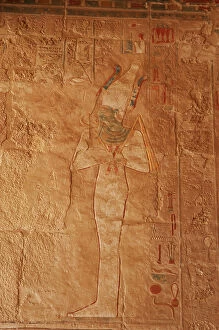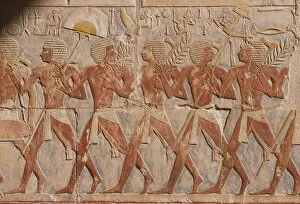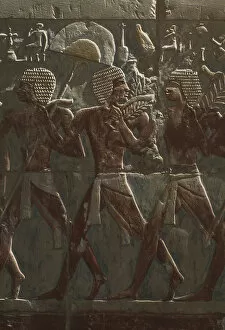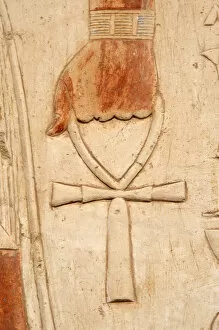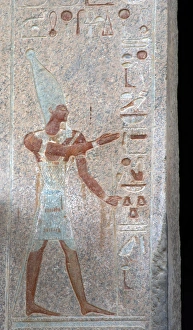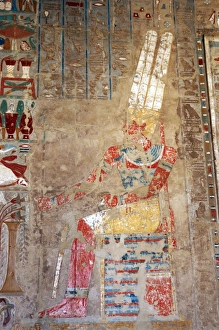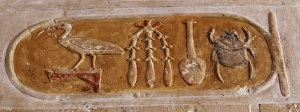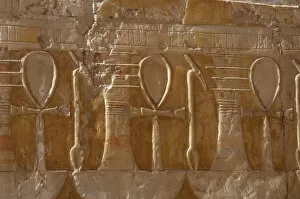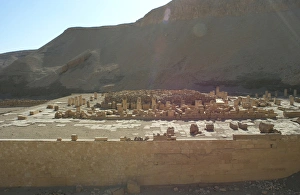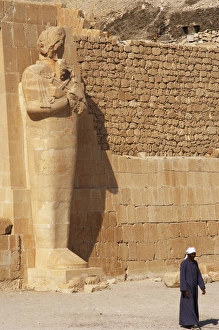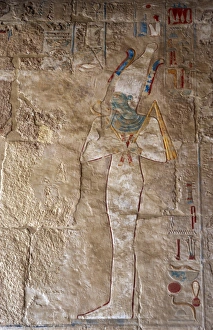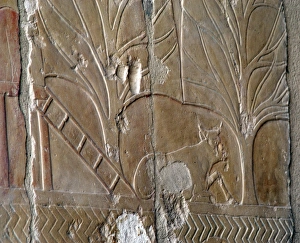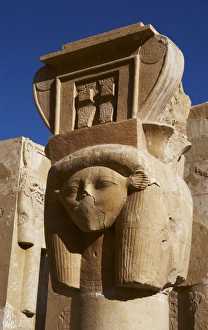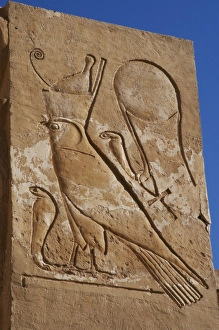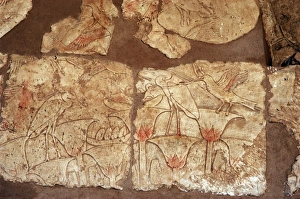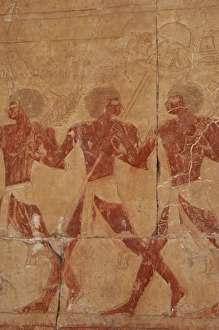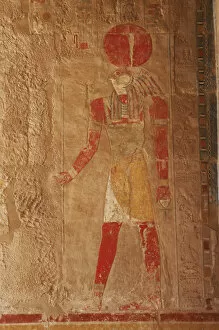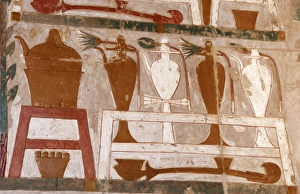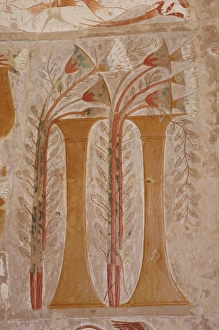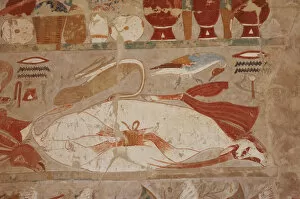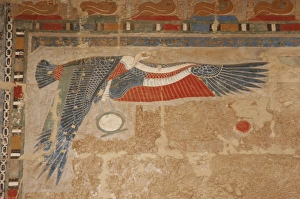El Bahari Collection
"Exploring the Enchanting El Bahari: Unveiling Ancient Egyptian Treasures" Step into the mystical Land of Punt, where history comes alive at every turn
All Professionally Made to Order for Quick Shipping
"Exploring the Enchanting El Bahari: Unveiling Ancient Egyptian Treasures" Step into the mystical Land of Punt, where history comes alive at every turn. One cannot help but be captivated by the grandeur of the Temple of Hatshepsut in Deir el-Bahari. Built during the reign of Hatshepsut, a powerful female pharaoh from 1508-1458 B. C. , this temple stands as a testament to her remarkable rule. As you wander through these ancient grounds, marvel at the Osirian statue that exudes an aura of divine power. Nearby, an Egyptian coffin from Deir el-Bahri tells tales of life and death in this sacred place. Delve deeper into Egypt's rich past as you encounter Hor's outer sarcophagus and his intricately adorned interior coffin. These masterpieces transport us back to a time when artistry met spirituality with breathtaking precision. The 18th Century Alterlife Ancient Art Atef Crook offers a glimpse into religious rituals and beliefs surrounding afterlife practices. Its intricate design showcases the reverence Egyptians held for their departed loved ones. A relief depicting a hand holding an ankh or crux ansata symbolizes eternal life—a concept deeply ingrained in Egyptian culture. This symbolic representation resonates throughout El Bahari, reminding visitors of their enduring legacy. Statues honoring Sesostris III stand tall amidst these historical wonders, paying homage to one of Egypt's most influential pharaohs. Their presence evokes awe and admiration for those who shaped this ancient civilization. Polychrome reliefs adorning the walls depict Pharaoh Thutmose III with vibrant colors that have stood against time itself. These artistic creations offer glimpses into royal ceremonies and victories celebrated by this mighty ruler. Finally, reliefs showcasing ankhs, uady pillars, and djed pillars transport us further into Deir el-Bahari's mystical realm.


